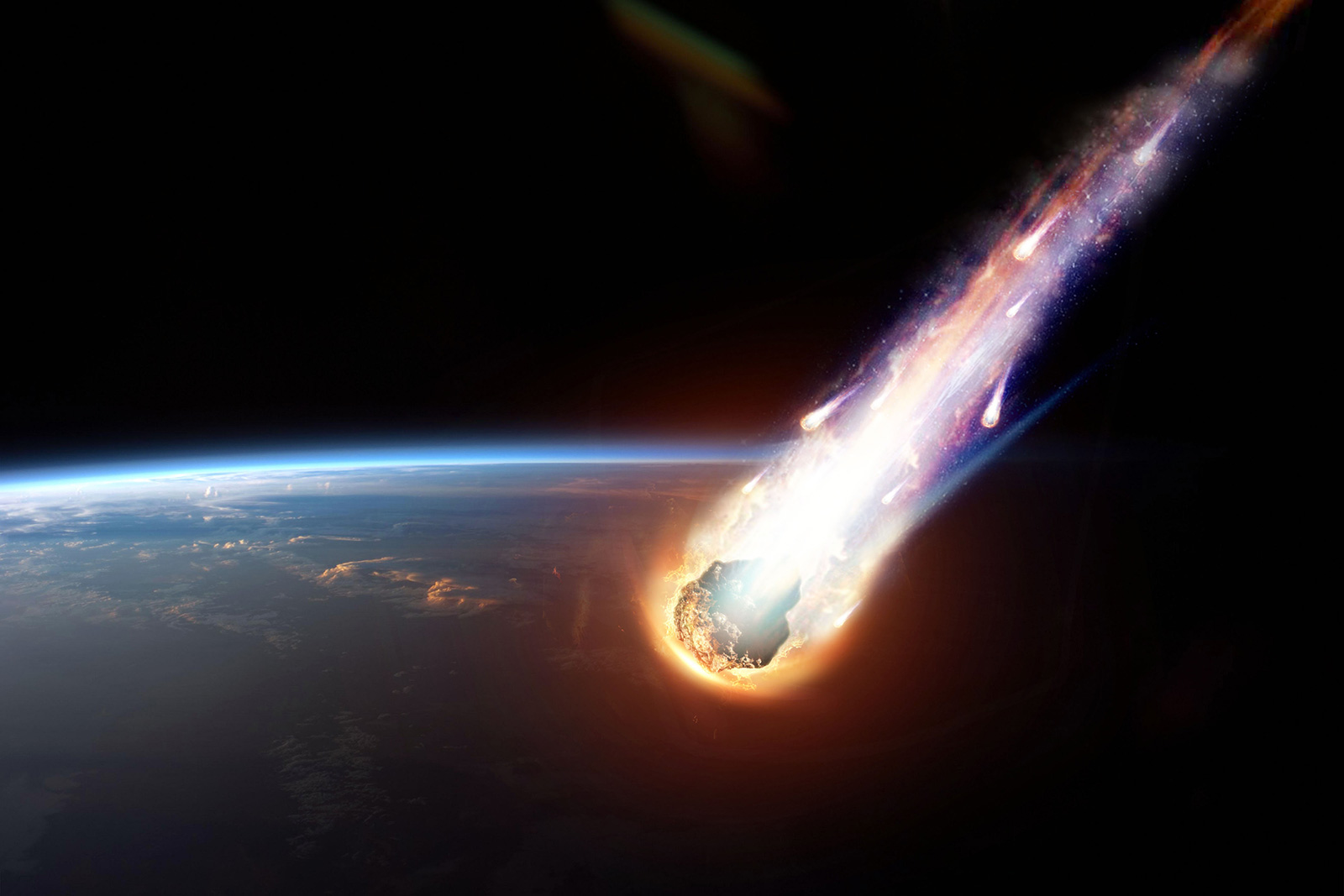
Astronomers and NASA volunteers have recently discovered 15 rare asteroids with tails, challenging the common perception that only comets possess this feature. These unique asteroids, known as “active” asteroids, display comet-like tails of gas and dust, making them a fascinating and noteworthy discovery. The discovery was made possible by the collaboration of over 8,000 volunteers who meticulously examined over 430,000 images taken by the Dark Energy Camera (DECam) attached to the Victor M. Blanco telescope in Chile.
The details of this discovery can be found in The Astronomical Journal, with nine volunteers credited as authors of the paper. This research was conducted under the Active Asteroids Project, a citizen science initiative in partnership with NASA. Launched in August 2021, the project boasts over 6,000 volunteers dedicated to unraveling the mysteries of the cosmos.
The Active Asteroids Project has already published six papers on their discoveries, with more publications in the pipeline. Citizen scientists play a crucial role in expanding our understanding of the universe, providing valuable insights for researchers. By studying asteroids with tails like these newfound specimens, scientists hope to gather more data for future explorations and learn more about these cosmic wanderers.
Moreover, the study of these asteroid tails could potentially lead to groundbreaking advancements in space exploration, such as identifying new sources of rocket fuel. The ice that fuels the comet-like tails of these asteroids could offer innovative ways to propel rockets and even create breathable air for astronauts on long-duration space missions. This demonstrates the valuable contributions that citizen scientists make in pushing the boundaries of space exploration and scientific discovery.

